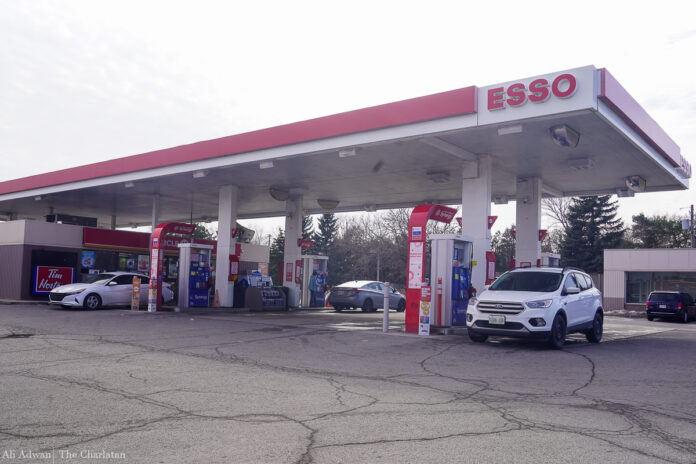It is hard to ignore rising prices at the gas pump. Gas prices have risen nearly 50 per cent in some Canadian cities.
The Canada Federation of Independent Business (CFIB), which represents over 95,000 small businesses in Canada, has recently said the biggest threat to small business growth is now the price of gas. This raises the question: Whose fault is it then? Are large oil companies too greedy or is the government raising carbon taxes too much?
The answer is neither. The war in Ukraine has led many countries, especially those in NATO, to place harsh sanctions on Russian oil and natural gas.
This means Russia can no longer transport its oil supply through pipelines to Europe or build the pipeline Nord Stream 2, which would have made their transportation of natural resources even more efficient. As a result, sanctions have removed the third-largest oil producer in the world from global supply, while leaving the current demand the same. Prices are up, accordingly.
The future of gas prices
It is hard to predict the future of gas prices as there has been a recent drop in the past few days. The world has started to adjust to no longer having Russia in the picture. The Organization of Petroleum Exporting Countries (OPEC) has agreed to release additional amounts of oil into the market, raising global supply. OPEC is made of 13 countries, the majority in the Middle East which regulate the amount of oil that these countries are allowed to produce to control the price of oil. Unfortunately, if these large oil companies continue to be greedy, then the oil price will continue to stay at high levels.
Nevertheless, it may be one step forward and two steps back. Oil prices continue to fall but may not have enough of an impact to help consumers. On April 1, the Canadian federal government is set to raise the carbon tax at the pump from $0.089 per litre to $0.11 per litre. This will increase the price.
Canadian gas prices may continue to rise in the next month. The only significant change that could happen is if Russia ends the war or federal and provincial Canadian governments decide to briefly drop all or some of the carbon tax to control inflation.
The second option is more likely. We have already seen this happen when Alberta announced earlier this month that it would temporarily drop provincial carbon taxes starting in April, taking $0.13 off the gas price per litre.
How can I save money at the pump?
This is not an easy question to answer. Not all options are feasible for everyone, but there are a few things you can do to reduce the amount you’re spending on gas.
First, you could use public transit more. Carleton students studying in Ottawa receive transit passes at a discounted rate as part of tuition fees. Taking public transit is also better for the environment and improves road congestion.
Another method you may not know about is the use of cruise control. Cruise control can help you save on gas as it lowers the number of accelerations produced by your car’s engine. These accelerations have been proven to use heavy amounts of gas, meaning using cruise control can be more efficient for your gas spending.
Finally, look into buying an electric vehicle. This is not realistic for many people as all cars have gone up in price. But a new or used electric vehicle could be a good idea for yourself and the environment. Even having the goal of purchasing an electric vehicle one day is a good place to start.
The future for gas prices does not look good. However, learning to adapt to these prices is the best outcome of a terrible situation. As we learn and continue to rely less on gas, this could help stop worsening climate change in the long run.
Featured image by Ali Adwan.




